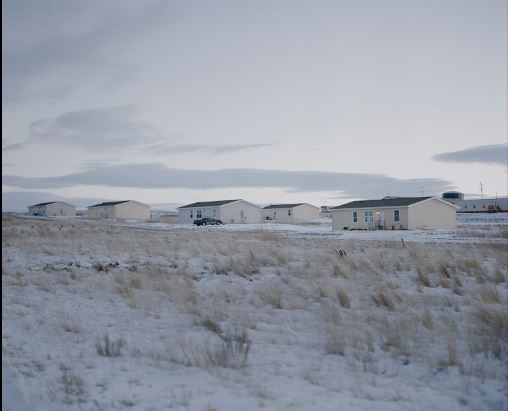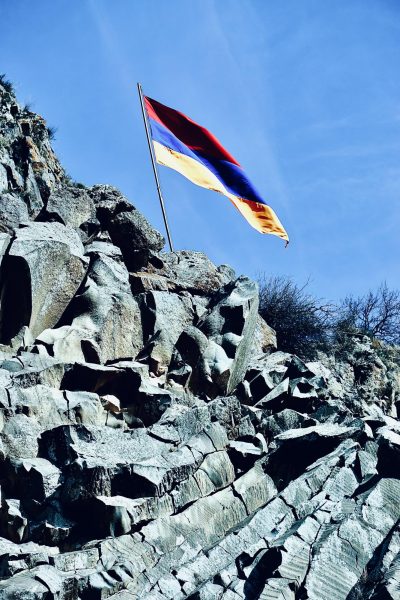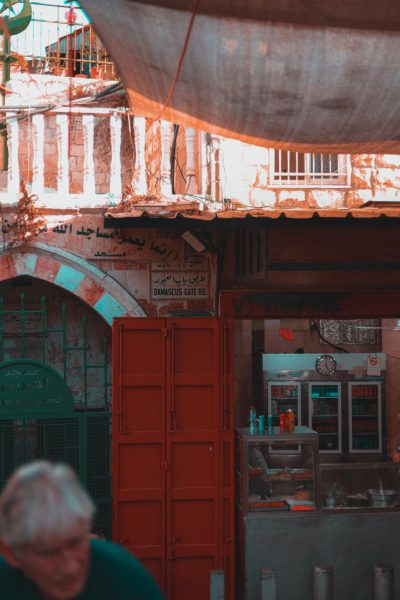Property Rights May Be the Solution Native Americans Need

Felix von der Osten
With continuing protests in Standing Rock Reservation concerning the North Dakota Access Pipeline, many are focusing on the voices of Native Americans – a voice that has been silenced for far too long. However, while the protest has received enormous attention, what will happen when this is resolved? Reservations all around the United States face problems that extend far beyond the ones this conflict has shed light on, and it is important to remember that a pipeline protest is not the only thing in need of resolution.
In the 556 reservations in the United States, there is an overall 49% unemployment rate, and poverty levels in some areas at 63%. An average of 40% of housing on Native American reservations is considered unfit. The rate of Native Americans suffering with alcoholism is six times higher than that of the general populace.
But, there aren’t just physical problems that afflict the reservations; suicide rates for Native American teens are three times higher than the national average, and opportunities for education have plummeted, with only 11% of Native Americans attaining college degrees. Health issues and ailments are higher, and like the case of the North Dakota pipeline, these reservations are constantly having their ancestral land destroyed.
So, how do we solve this system of poverty, violence, and sickness? While there are many solutions, there is one that is main to many problems the Native Americans face on the reservations: rights to their own property.
The current system in place today has the federal government holding reservation land “in trust”. This was meant to preserve these lands for Native Americans, but it also means that they can’t own land and benefit from many offers. This created a cycle of micromanaging from the federal government, and a poor job of it, at that.
Many native people don’t even have proper housing because they aren’t allowed to take out a mortgage to build a home- it’s technically not their land to build on. On top of that, the natural resources provided on these reservation, like energy or mineral reserves, cannot be fully utilized by the community. 86% of Native American lands cannot develop these sources further because the government’s control stops Indians from fully capitalizing their resources for revenue.
Some tribes have turned to running gambling operations, which cannot be regulated the same on reservations causing the tribes to have more freedom in what they offer and thus more attraction to visitors. They have profited quite well off it, but little of these funds go to improving the services on the reservation, or starting more businesses for a healthy trade system.
If the United States government gave property rights back to the leaders of the reservations they could use these resources and other programs to start creating a fair economy on their reservation, helping bring in funding to improve the state of education and health services currently provided. Those living on the reservation could own their own home and have control for their future.
The reservations would be akin to cities. While they are still under control of the overlying power, they can act independently by having a free market, separate property to buy and sell, lease for development of natural resources, could start their own business and create an open exchange on reservations.
While this plan isn’t going to occur immediately it has certain promise, making it a leading idea to solve this system of disparity. So, before the fight goes out, let’s start paying attention to not only the respect we pay to these peoples, but the rights we bestow on them. We want to treat Native Americans more respectfully? We need to give them the same rights as any other American citizen. The movement may have begun with a pipeline protest, but with a continued effort we could change the way that reservations are managed and really give a brighter future to a multitude of impacted Native Americans.










